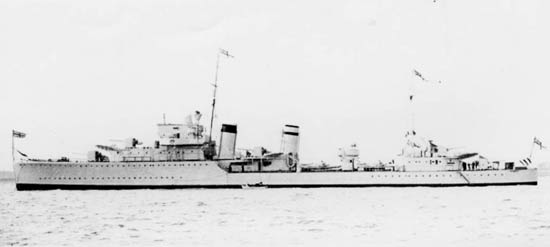
The loss of the battleships at Pearl Harbor forced Admiral Ernest J. The United States Navy (like the IJN) had followed Alfred Thayer Mahan's emphasis on concentrated groups of battleships as the main offensive naval weapons. Naval doctrine had to be changed overnight. The December 1941 surprise attack on Pearl Harbor did knock out the battle fleet, but it did not touch the aircraft carriers, which became the mainstay of the rebuilt fleet. The Imperial Japanese Navy (IJN) sought naval superiority in the Pacific by sinking the main American battle fleet at Pearl Harbor, which was built around its battleships. It also played a major supporting role, alongside the Royal Navy, in the European war against Germany.


The United States Navy grew rapidly during World War II from 1941–45, and played a central role in the Pacific theatre in the war against Japan. Main articles: United States Navy in World War II, Military history of the United States during World War II, and Pacific War Allied attack routes against Japan


 0 kommentar(er)
0 kommentar(er)
